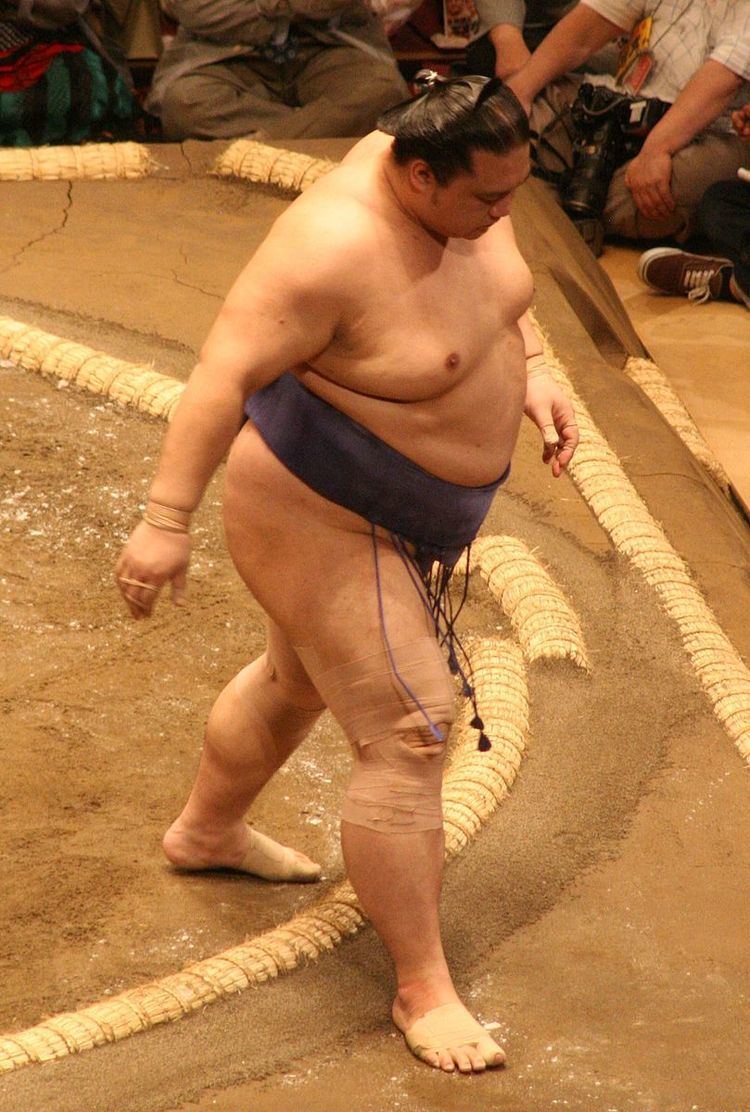 | ||
The following are the events in professional sumo during 2000.
Contents
Tournaments
January
February
March
April
May
July
August
September
November
Deaths
References
2000 in sumo Wikipedia(Text) CC BY-SA
 | ||
The following are the events in professional sumo during 2000.